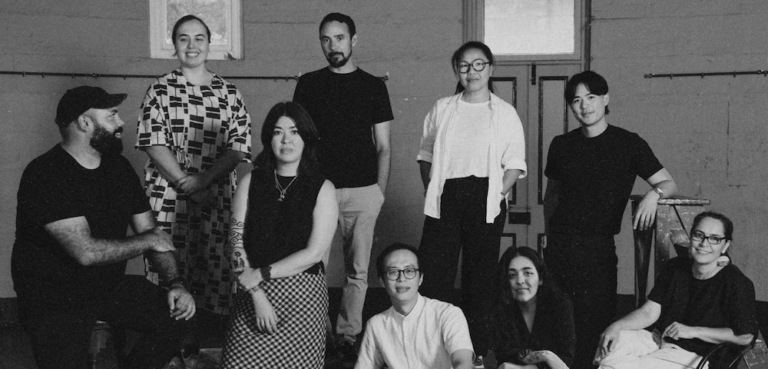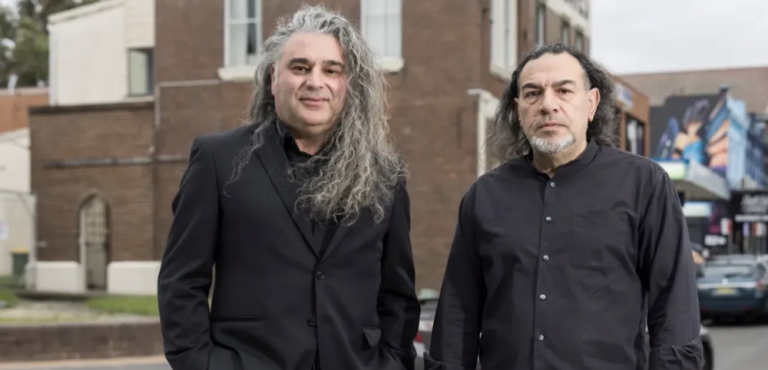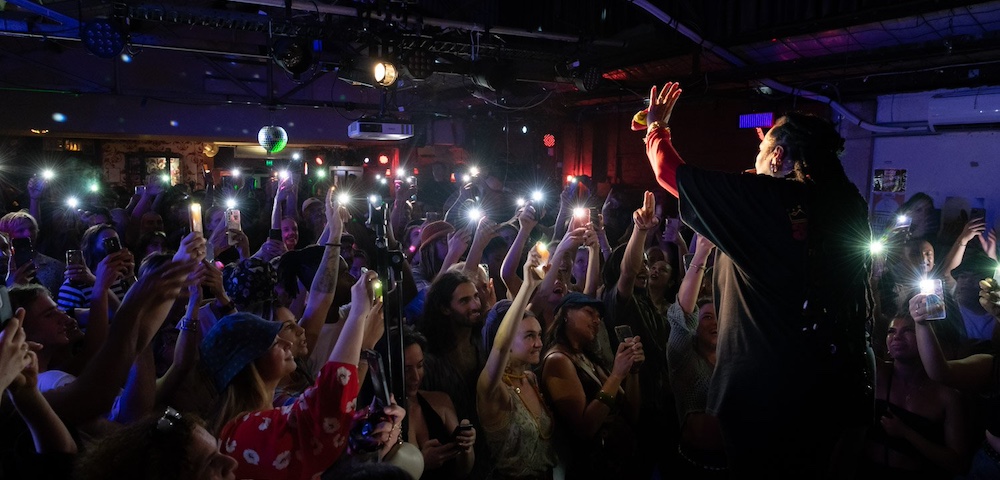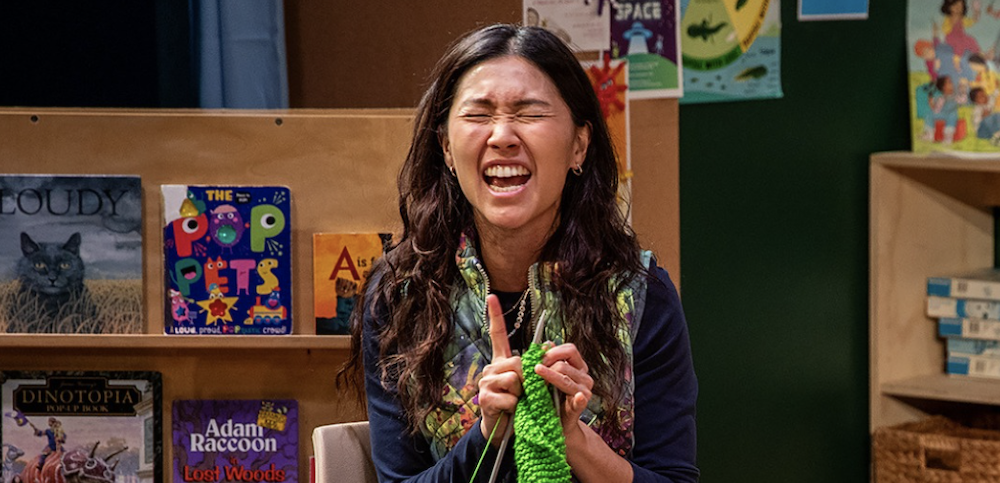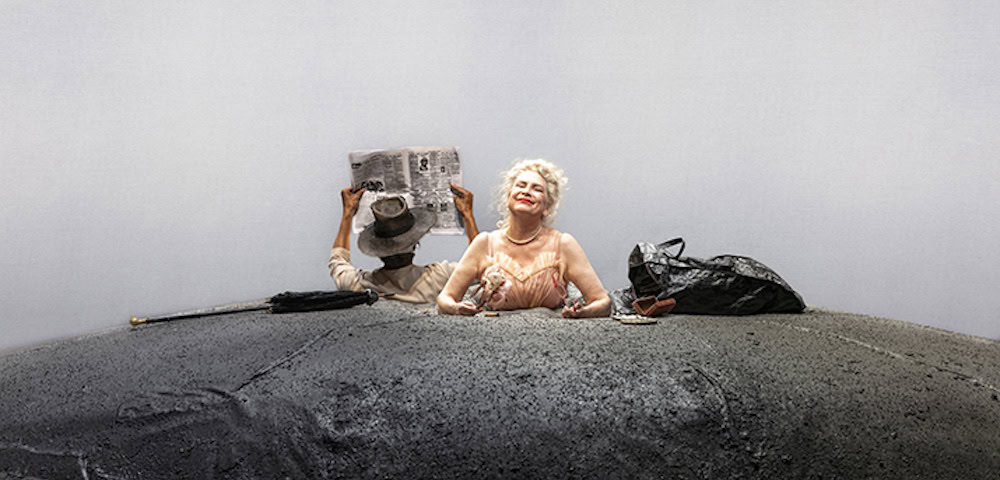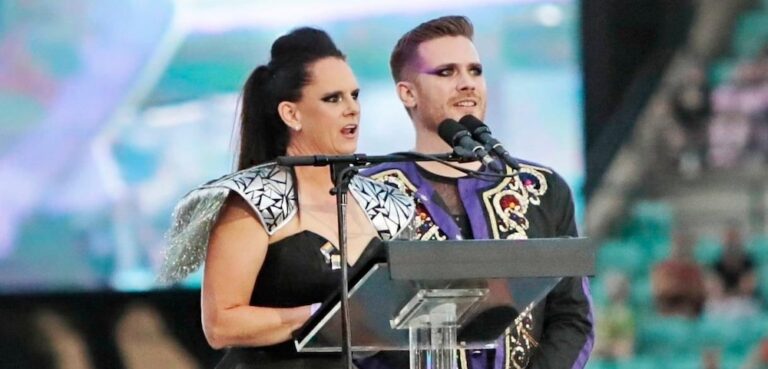
THE HARRY HARLOW PROJECT
Harry Harlow, with his soda bottle spectacles and flowery terms for macabre yet insightful scientific experiments – such as the pit of despair, rape rack and iron maiden – remains somewhat of an enigma in 20th century science. Was he a monster for separating baby monkeys from their mothers? Or was he a genius for realising that the attachment they felt was love, and for being brave enough to call it that? Before actor and writer James Saunders dons the white coat in the Green Room Award-winning Harry Harlow Project, he tells us a little about the show.
What led to your interest in Harry Harlow? I’ve always been interested in science, and scientists and I’ve always seen a great similarity in some ways between scientists and artists, the drive, the need to think outside the box and the sometimes obsessive nature of the work. I knew of Harry’s experiments, particularly the famous ‘Cloth Mother’ experiments. Quite remarkable and creative, but in a bizarre way. But then I started researching him, not just his work, but his personal life, which is just as compelling as his work. I found a documentary about him, and immediately saw images and performative things that made it absolutely compelling to do in a theatre. It’s a pretty unlikely subject for theatre, I guess, but it seemed obvious to me.
Do you view his overall legacy (some of which, involved quite cruel methods) in a positive or negative light? Well this is the million dollar question. Is it worth it? I think that’s why the show is interesting, because we are still confronted with that question every day. The fact that it took a scientist to tell us that it was okay to hold your baby seems bizarre to me… but I’ve grown up in the post-Harlow era. I have young children and it’s a no-brainer. But you read stories about young mothers in the 1950s and the trauma involved with trying to do the ‘right thing’ in parenting and its difficult. His later, more macabre experiments are very hard to endure, but again, the results are there. Do we adopt them, or do we ignore them? Overall, I think we have to learn from it, but see the positives that came out of it.
Can you explain how the audience are not watching a show, but are ‘immersed in an experiment’? I was never interested in simply telling his story. There are other forms that do that sort of thing much better. I wrote and researched him and his papers for a long time, and then did an initial development with a video designer, Martyn Coutts, composer Kelly Ryall, and director Brian Lipson, and it became clear pretty quickly that there was a whole world of interesting ways to tell it. We wanted to create the laboratory inside his head, and to feel like we are all in there, trying to work out what on earth was going on in his mind to make him do these experiments. It can be quite confronting for the audience, but this is the idea. Despite him being vilified for his experiments, we have simply adopted all of his results, and they have become the basis for a lot of our understanding about ourselves. That dilemma is uncomfortable, and it’s good to experience it, not just watch it.
Love vs. attachment. Is there a difference? I’m sure there’s a hundred phDs out there with that same title! When Harry was starting, ‘Love’ was a word never to be used in science. The ‘love’ of a baby for its mother was only viewed as ‘attachment theory’ or ‘proximity theory’… the desire to reduce an instinct to something measurable was paramount back then. I think there is a difference… there’s no substitute for love, and the experience of love. It’s not really quantifiable. But the fact that someone like Harry had to try and quantify it says a lot about where science and psychology have come from. In 50 years time I’m sure we’ll look back at some of our theories today and say, ‘how the hell did we ever think THAT was a good idea?’, just like we do now about Harry.
Sep 7-10 CarriageWorks, 245 Wilson St, Eveleigh, $15-30, carriageworks.com.au

